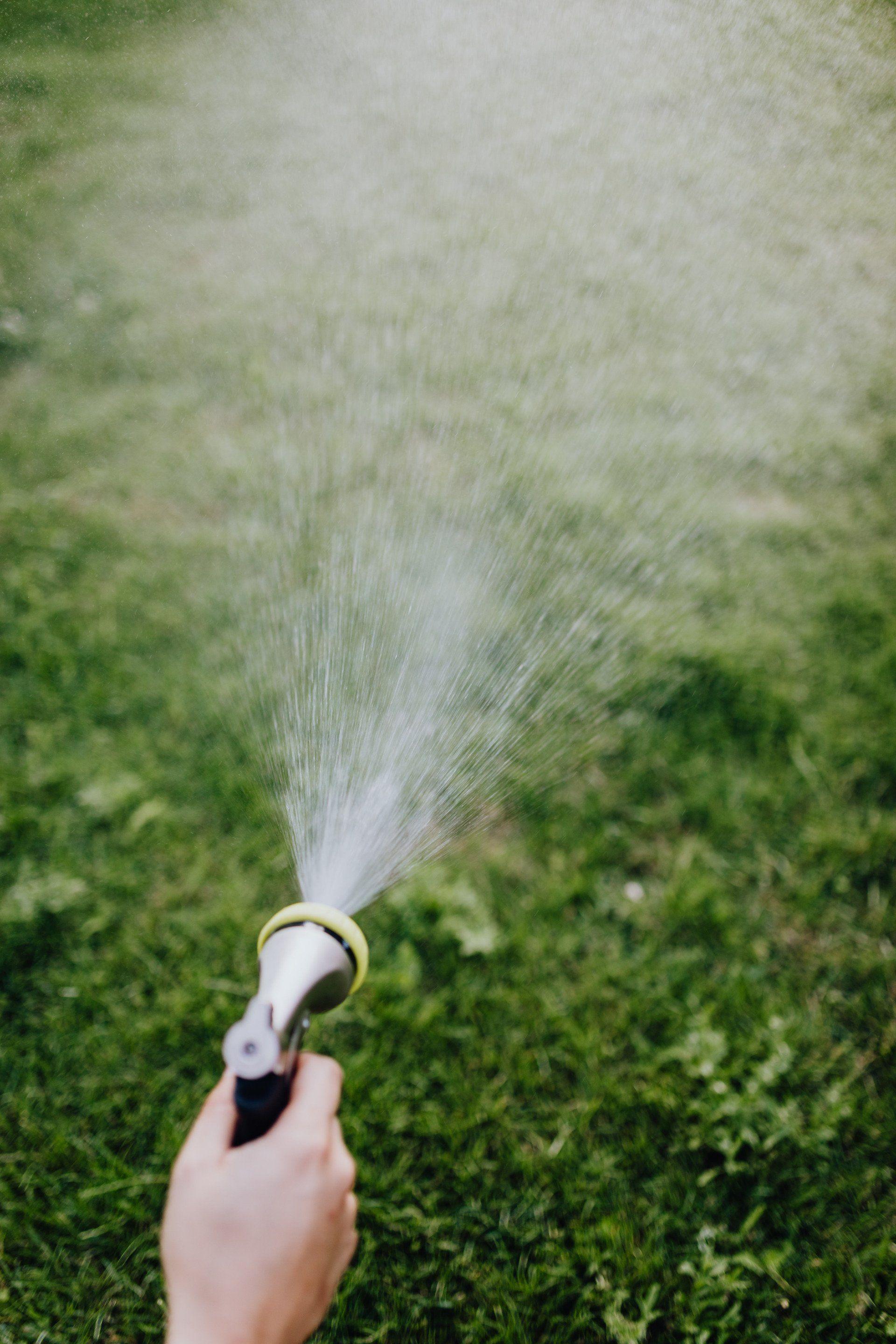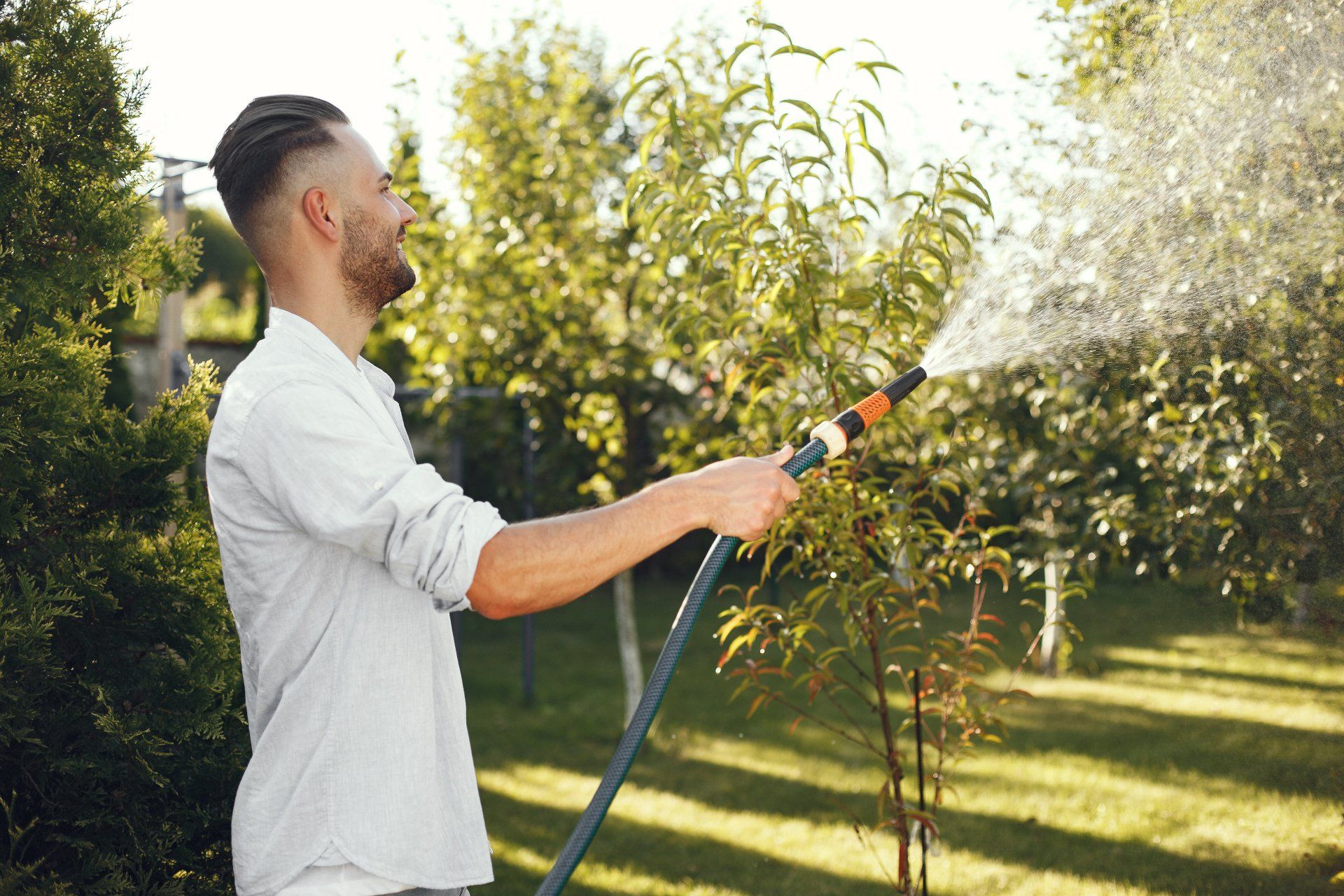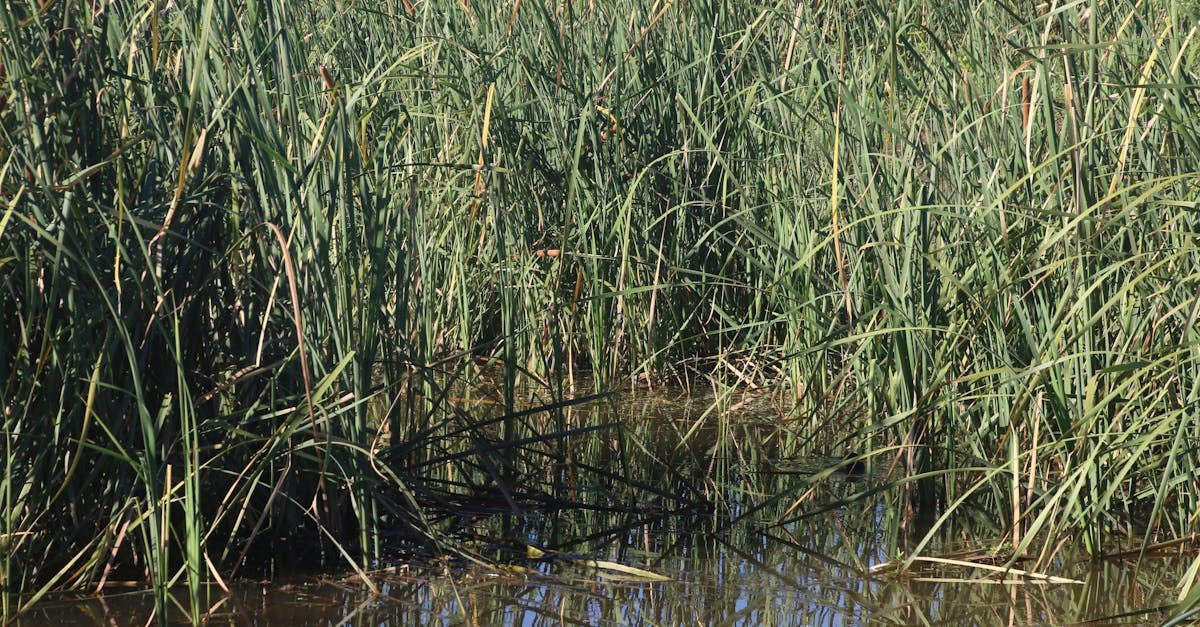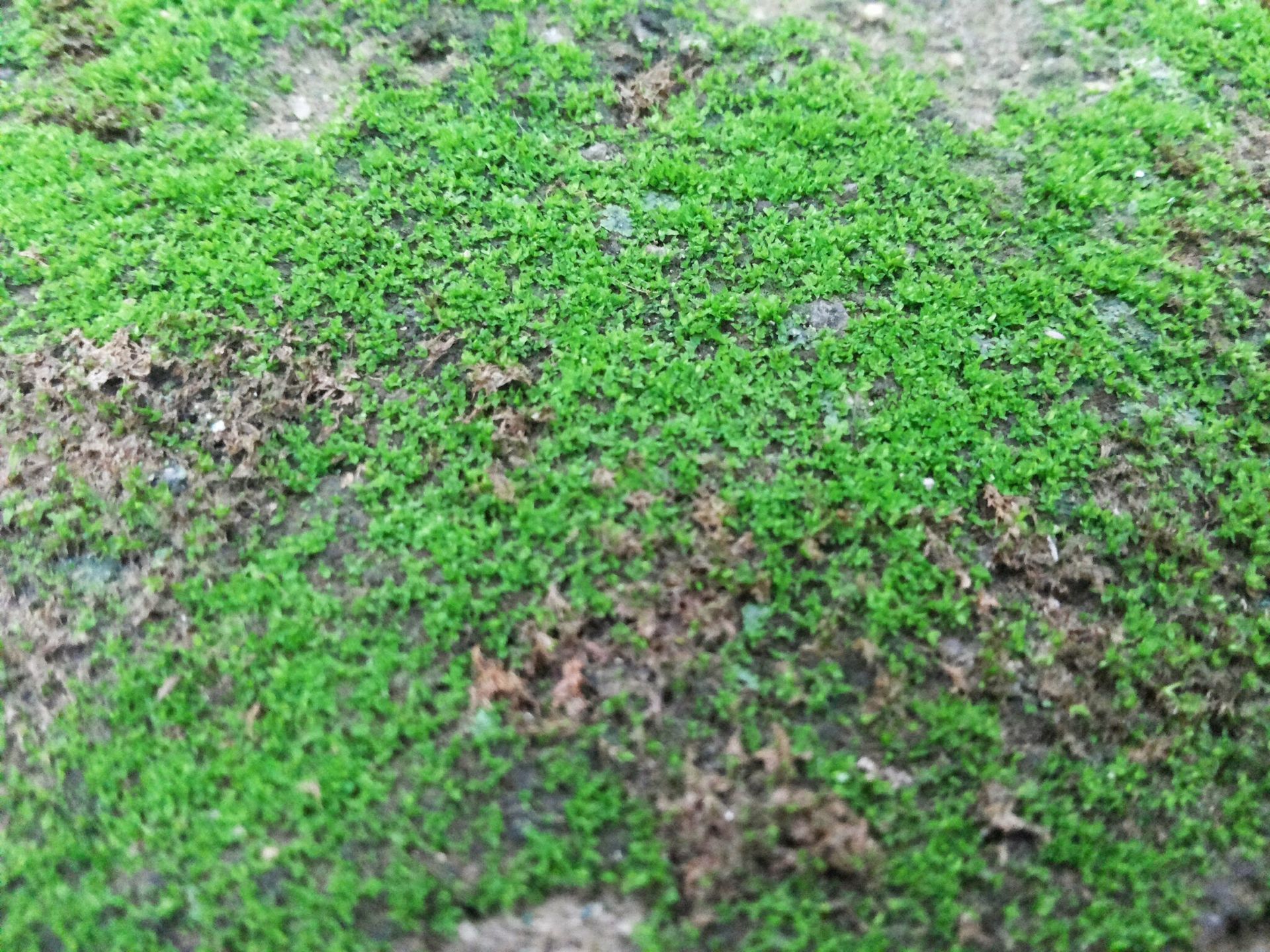Watering Grass the Right Way!
Maintaining a lush, green lawn is a point of pride for many homeowners, but achieving this requires proper grass watering techniques. In this guide, we'll delve into the essential aspects of effective grass watering tailored specifically for homeowners. From understanding when to water, to choosing the right sprinkler system, we'll cover everything you need to know to keep your lawn looking its best.
When To Water
Watering your grass at the right time is crucial for optimal lawn health. The best time to water is early in the morning, preferably between 4 am and 10 am, particularly in the Phoenix & Laveen areas. This allows the grass to absorb moisture before the heat of the day evaporates it. Avoid watering in the evening as prolonged moisture can invite fungal diseases.
During hot summer months, you may need to water more frequently, while cooler seasons may require less frequent watering. Keep an eye on weather patterns and adjust your watering schedule accordingly. Be sure to turn off your sprinkler system in rainy seasons! Besides potentially overwatering, it's a waste of water and money.
How Much to Water
The amount of water your lawn needs depends on various factors such as soil type, grass species, and weather conditions. As a general rule, your lawn requires about 1 inch of water per week, including rainfall. Use a rain gauge or a simple container, such as a tuna can, placed on your lawn to measure the amount of water applied during each watering session.
Divide the 1-inch weekly requirement into several watering sessions to ensure proper absorption without runoff. Watering deeply and infrequently encourages deeper root growth, making your lawn more resilient to drought conditions. Surprisingly, daily watering is NOT recommended, even in our desert region.
Watering Depth
To ensure your lawn receives adequate moisture, it's essential to check the watering depth periodically. Use a screwdriver or a soil probe to gauge the depth of water penetration. Insert the tool into the soil shortly after watering to see how far it goes before encountering resistance.
Ideally, you want the moisture to reach 6 to 8 inches deep, promoting healthy root growth. Adjust your watering duration if needed to achieve the desired depth.
Over and Under Watering
Understanding the signs of over and under watering is crucial for maintaining a healthy lawn. Signs of over watering include soggy soil, yellowing grass, and fungal growth. On the other hand, under watering manifests as wilted, brown, or crispy grass blades.
Regularly inspect your lawn for these signs and adjust your watering practices accordingly. Proper lawn maintenance, coupled with occasional landscaping services, can help address underlying issues contributing to over or under watering. If you see only spots on your lawn that are exhibiting these signs, simply adjusting how your sprinklers are set up can alleviate both of these issues.
Seasonal Considerations
This is, of course, a bit obvious: seasonal changes significantly impact grass watering requirements, particularly for us desert dwellers. During summer, when temperatures soar, your lawn may need more frequent watering to stay healthy. Conversely, cooler seasons like fall and spring typically require less watering as temperatures moderate and rainfall increases.
Most sprinkler system timers or controllers allow you to set up several different schedules throughout the year to adjust your watering schedule seasonally.
Sprinkler Systems
Selecting the right sprinkler system can make a significant difference in the efficiency and effectiveness of your grass watering routine. Several types of sprinklers are available, each with its advantages and drawbacks.
A. Oscillating sprinklers provide even coverage over a large area, making them ideal for medium to large lawns.
B. Rotating or rotary sprinklers deliver a gentle rain-like spray, minimizing water wastage due to evaporation and runoff.
C. Impact sprinklers are durable and suitable for large areas but may require more maintenance to prevent clogging.
Consider factors such as lawn size, water pressure, and budget when choosing a sprinkler system. Regular maintenance and occasional landscaping services can help ensure your sprinkler system remains in optimal condition.
With dedication and proper care, you can enjoy a beautiful lawn that enhances the curb appeal of your home for years to come. A gorgeous, lush green lawn is a thing of beauty. But it does take work and planning. If you need help, we are already waiting for your call.







